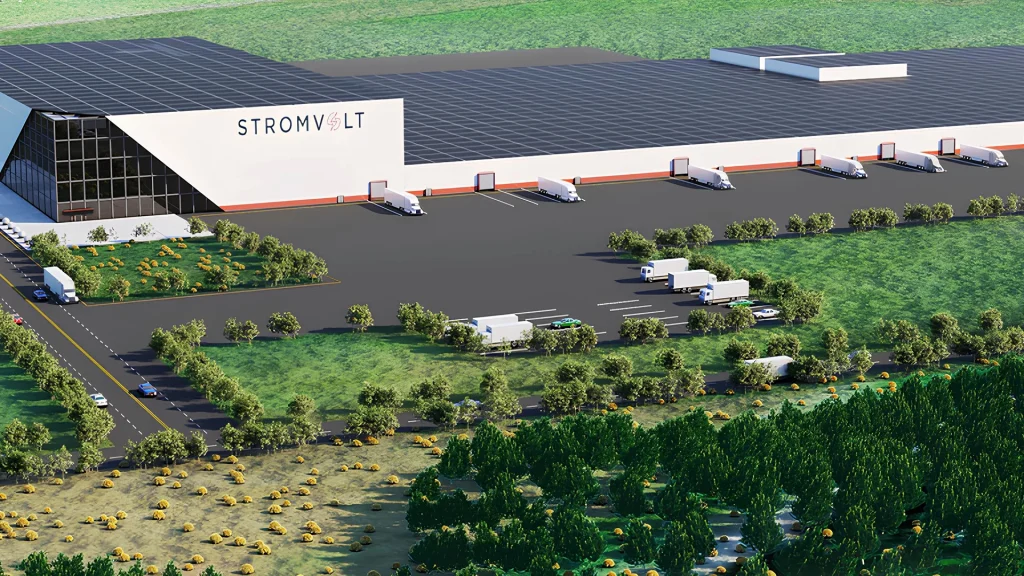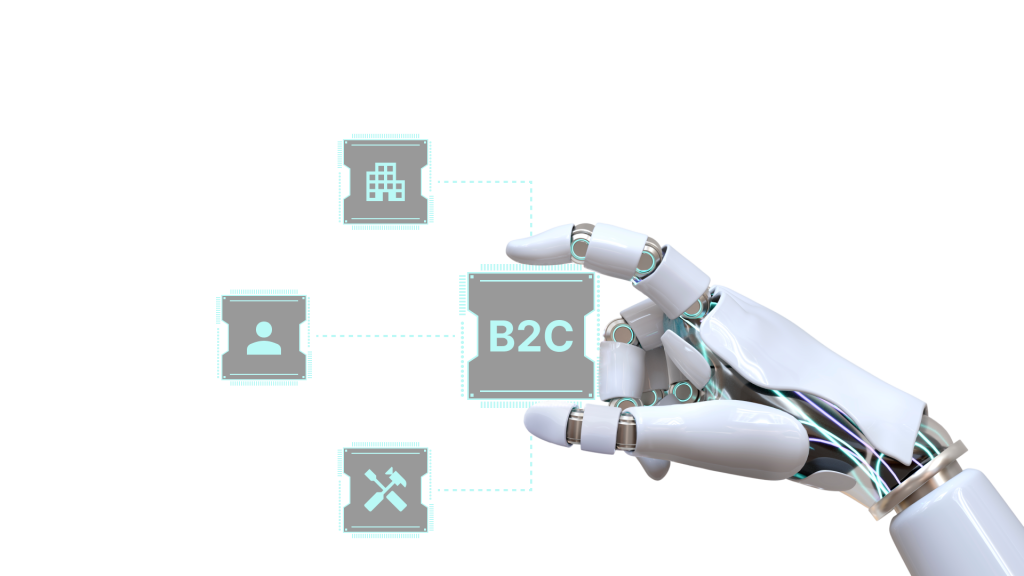Transform your architecture for continuous delivery.
Re-engineering legacy software means retaining key business logic while transforming rigid, outdated systems into scalable, cloud-ready architectures. Their structure is often unsuitable for dynamic environments where rapid deployment, modular development, and real-time responsiveness are essential.
We address this problem with precise architectural transformations. Our proprietary AI Solution Accelerator™ guides this transformation end-to-end, making our application re-engineering services faster, more accurate, and safer for complex environments:
- Architecture decomposition and mapping. Using the AI Solution Accelerator™, we analyze the runtime topology, dependency structures, logical flows, and usage density to define service boundaries and isolate high-impact components.
- Design of a cloud-native system. We design a target architecture based on the principles of modularity, statelessness, and elasticity, incorporating containers, service networks, event queues, or serverless functions based on the workload characteristics.
- Incremental transition execution. We plan and execute a controlled migration of application components using interface contracts, API gateways, and side-by-side implementations to maintain functional continuity.
- Platform customization. We configure infrastructure as code, auto-scaling rules, and observability pipelines for integration with your chosen cloud provider or hybrid environment.
- Runtime optimization. We ensure that the re-engineered application supports parallel deployments, faster recovery times, and real-time metric collection for proactive issue detection and resolution.
The result is a durable application core optimized for continuous deployment — a key outcome of our software re-engineering services.






































